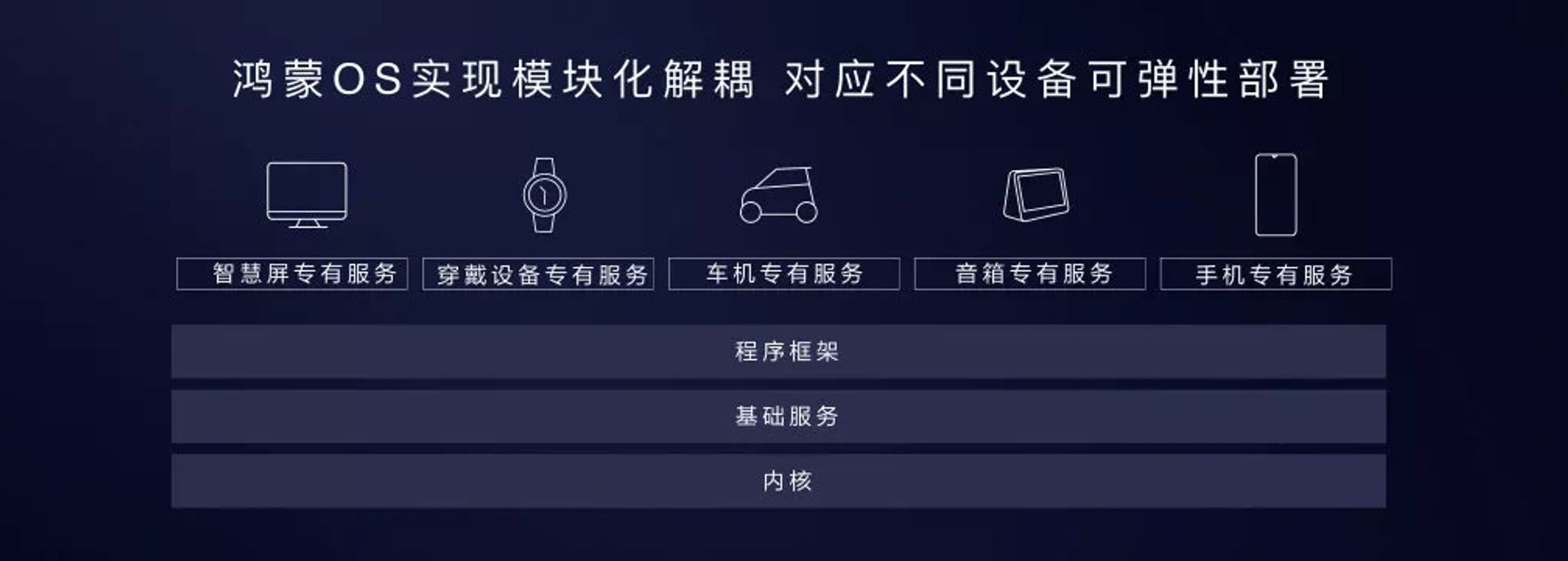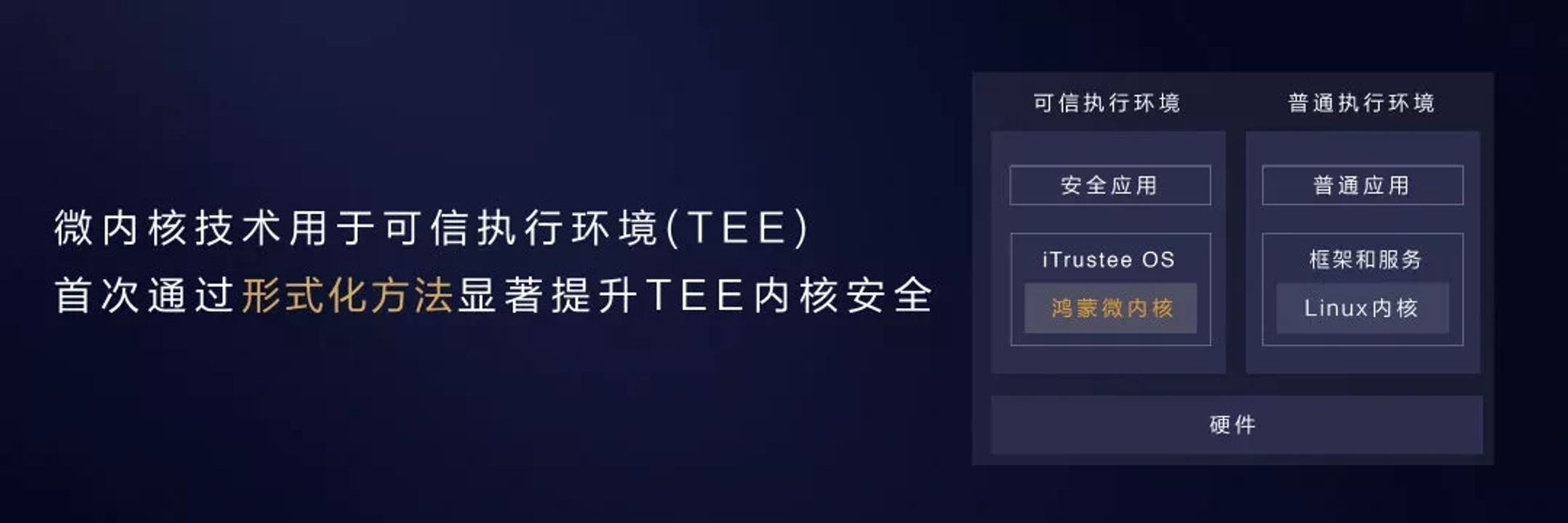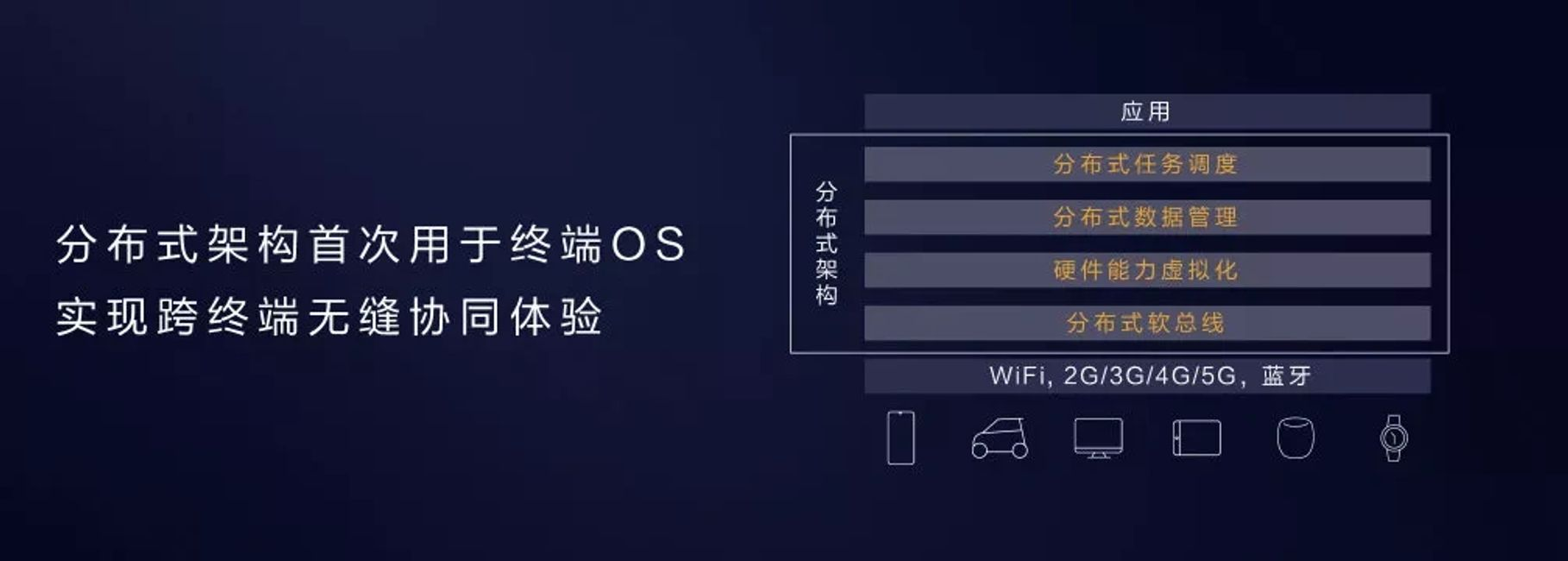HarmonyOS Chinese documentation
May 31, 2021 Article blog
Table of contents

I. Introduction to the Hongmun system
鸿蒙系统(HarmonyOS)
the first full-scene distributed OS based on microcore, is Huawei's self-developed operating system.
On August 9, 2019, Hongmun Systems was officially launched at the Huawei Developers Conference
HDC.2019
huawei will be the first to deploy smart terminals such as smart screens, automotive terminals, and wearables, and more and more smart devices will use open source
鸿蒙OS
in the future.
鸿蒙OS
achieves modular coupling, corresponding to different devices can be deployed flexibly,
鸿蒙OS
has a three-tier architecture, the first layer is the kernel, the second layer is the basic services, the third layer is the program framework. C
an be used in large screen, PC, car and other different devices.
It can also be used on mobile phones at any time, but for the time being Huawei's mobile phone side still gives priority to Android.
The bottom layer
鸿蒙 OS
consists of Hongmun microcore,
Linux
kernel, Lite OS, and will be developed into a full Hung Mun microcore architecture in the future.
II. The development process of the Hongmun system
- In 2012, Huawei began planning the "Hongmun" operating system at Shanghai Jiaotong University.
- Huawei has tested 1 million handsets equipped with its own "HungMun" operating system.
- Huawei's operating system team developed its own ownership of the "HungMun operating system".
- The registration announcement date is May 14, 2019, and the exclusive permission period is from May 14, 2019 to May 13, 2029.
- Huawei officially released the Hongmun operating system and announced that the "Hung Mun operating system" will be open source.
Ⅲ . Features of the Hongmun system

Hongmun OS was designed to meet the high standards of connectivity requirements for a full-scene intellectual experience, for which Huawei has proposed system solutions for four features.
-
1. Distributed architecture is used for terminal OS for the first time to achieve a seamless collaborative experience across endpoints
Hongmun OS's "distributed OS architecture" and "distributed soft bus technology" through the public communication platform, distributed data management, distributed capacity scheduling and virtual peripherals four capabilities, the corresponding distributed application of the underlying technology to implement the difficulty of the application developers to block, so that developers can focus on their own business logic, like the development of the same terminal to develop cross-terminal distributed applications, but also enable the final consumer to enjoy a strong cross-terminal business synergy for the use of the seamless experience.

-
2. Determine that the delay engine and high-performance IPC technology enable the system to be inherently smooth
Hon Mun OS addresses the underperformance of existing systems by using two technologies, the determining latency engine and the high-performance IPC. D etermining the delay engine can assign task execution priority and time limit in the system before task execution for scheduling processing, high priority task resources will give priority to guarantee scheduling, application response delay reduced by 25.7%. The compact nature of Hongmun microcore structure greatly improves IPC (interprocess communication) performance and process communication efficiency by 5 times over existing systems.

-
3. Reinvent the trusted security of end devices based on micro-kernel architecture
With its new micro-core design, The Honmond OS features greater security features and low latency. T he basic idea of micro-kernel design is to simplify kernel functionality, implement as many system services as possible in user states outside the kernel, and add security to each other. Microcores provide only the most basic services, such as multi-process scheduling and multi-process communication.

Hon Mun OS applies microcore technology to trusted execution environments (TEE) to reshape trusted security through a formal approach. T he formal method is an effective means to verify the system correctly and without loopholes from the source by using mathematical methods. T raditional validation methods such as functional validation, simulated attacks, etc. can only be validated in a limited number of scenarios selected, while formal methods can validate all software run paths through the data model. F or the first time, Hon Mun OS has used a formal approach to terminal TEE, significantly improving the level of security. At the same time, because the amount of code for the Hongmun OS microcore is only one-thousandth that of the Linux macro kernel, its chances of being attacked are significantly reduced.
-
4. Cross-terminal ecological sharing is achieved through a unified IDE that supports one development, multi-ended deployment

With multi-terminal development IDE, multi-language unified compilation, distributed architecture Kit provides screen layout controls and interactive auto-adaptation, supports control drag and drop, and visual programming for preview, enabling developers to efficiently build multi-ended auto-run apps based on the same project for true one-time development, multi-ended deployment, and shared ecology across devices. H uawei Ark Compiler is the first static compiler to replace Android virtual machine mode, allowing developers to compile advanced languages into machine codes at once in a development environment. In addition, the Ark compiler will support multilingual unified compilation in the future, greatly improving development efficiency.
IV . Hongmun system information
Official resources
- Official website points
- (Posting information)
- (Safety information)
- Getting started
- Official documents
2. Download
- (Mirror)
3. Architecture reference
- LiteOS
- [ABI] Application Binary Interface
- [EABI] Embedded Application Binary Interface
4. Hardware-driven
- [Device compatibility]
- [Standards & Protocols]
- [Hareware Quality Specification]
- [Driver Development Kit]
- [Driver Samples]
- [Debugging Tools]
- [Security]
- [5th Gen Drivers and Firmware]
- [Boot and UEFI]
- [ACPI/SoC]
- [Wi-Fi]
- [USB]
- [Printer]
5. Develop tools
compiler
- Hongmun is an operating system compatible with Android applications, the ARK compiler can improve the smoothness of Android operations 24%, response speed of 44%, third-party applications up to 60% smooth.
SDK
[SDK]
IDE
6. Community
7. Books
(Books)
8. Related products
- Huawei honors the wisdom screen
9. Video
- (Video explanation)
- (HDC 2019) Huawei Developers Conference - Hongmun OS and EMUI 10 launch full video
- Glorious Wisdom Screen Launch Full Video
It is recommended to read
- October 2020 Programming Languages Leaderboard: Python is on the verge of overtaking Java
- Which will be the hottest programming language in 2021?
- 2020 domestic commonly used open source mirror station
- GitHub 2020 Featured Live Projects
- GitHub Premium Open Source Projects and Resources 2020
- GitHub China Developers List TOP200
- GitHub Global Developer List TOP200
- 9 programming languages to catch up on in 2020
